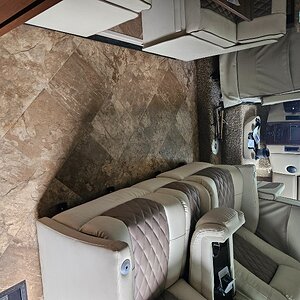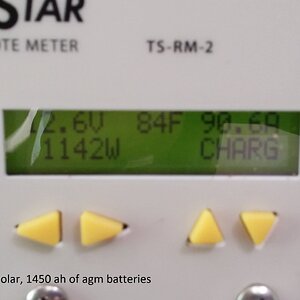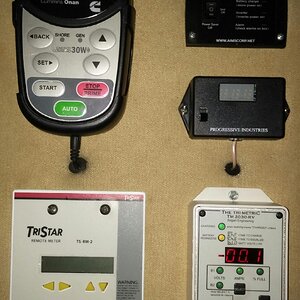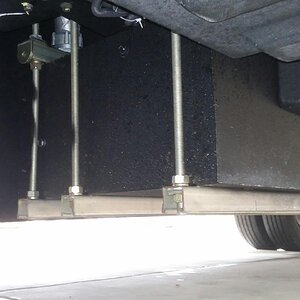FLSteve
RVF Supporter
- Joined
- Nov 18, 2019
- Messages
- 667
- Location
- Fort Myers, FL
- RV Year
- 2025
- RV Make
- Newmar
- RV Model
- New Aire 3547
- RV Length
- 35'
- Chassis
- Freightliner
- TOW/TOAD
- 2024 JL Rubicon
@Buster ... not sure which item is the main issue but I did both and mine went from "bad to good". If you go through the trouble of getting under that sink I would sure do both.Interesting. So the fix was the swap of splitters from 5-1000Mhz to 5-2000Mhz and not just terminating the open ports on the existing splitter? I may have to look at that on the home setup and replace those old splitters.
FLSteve












